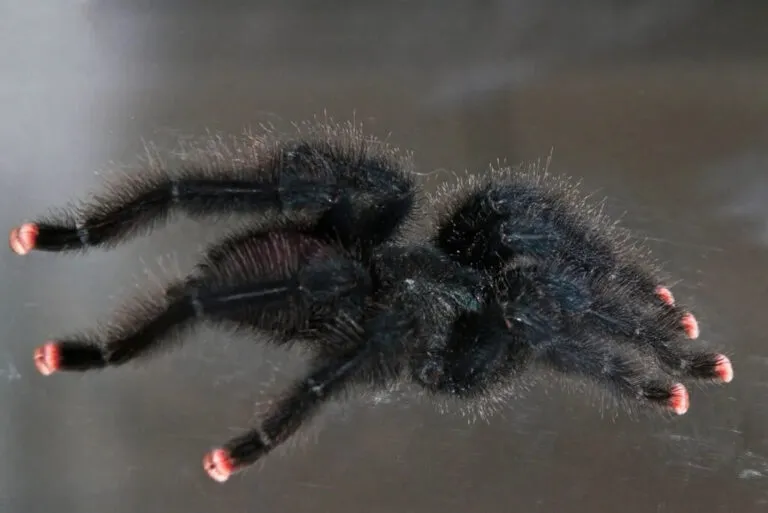Breeding pink toe tarantulas (Avicularia avicularia) can be a rewarding experience, allowing you to witness the fascinating life cycle of these arboreal arachnids. However, it’s crucial to understand the process thoroughly to increase your chances of success. This guide will walk you through the essential steps, from sexing your tarantulas to caring for the spiderlings. Proper planning and execution are key to successfully breeding these beautiful creatures. The secrets we unveil will give you the edge to start a successful breeding program, taking you one step closer to witnessing the miracle of tarantula reproduction.
Understanding Pink Toe Tarantula Breeding
Pink toe tarantulas, native to the rainforests of South America, have specific breeding requirements. They are arboreal tarantulas, meaning they live primarily in trees. This influences the type of enclosure and environmental conditions needed for successful breeding. Before attempting to breed, familiarize yourself with their natural habitat and behavior. Breeding pink toes is not just about putting two tarantulas together; it requires creating an environment that mimics their natural conditions and understanding their mating rituals, which is critical to a successful breeding season. Understanding the biology and needs of these tarantulas is the cornerstone of a successful breeding program, and proper preparation is the key element here.
Identifying Male and Female Pink Toes
Sexing your pink toe tarantulas is the first and most critical step. You need a confirmed male and female to proceed. Visually, the differences can be subtle, especially in younger specimens. Accurate sexing is paramount for successful breeding; without it, you’re simply wasting time and potentially endangering your tarantulas. Accurate identification of gender is usually done at around a size of 2 inches or greater, where the distinguishing features start to become more apparent. Always prioritize the health of your tarantulas by minimizing unnecessary stress during sexing.
The Importance of Proper Sexing
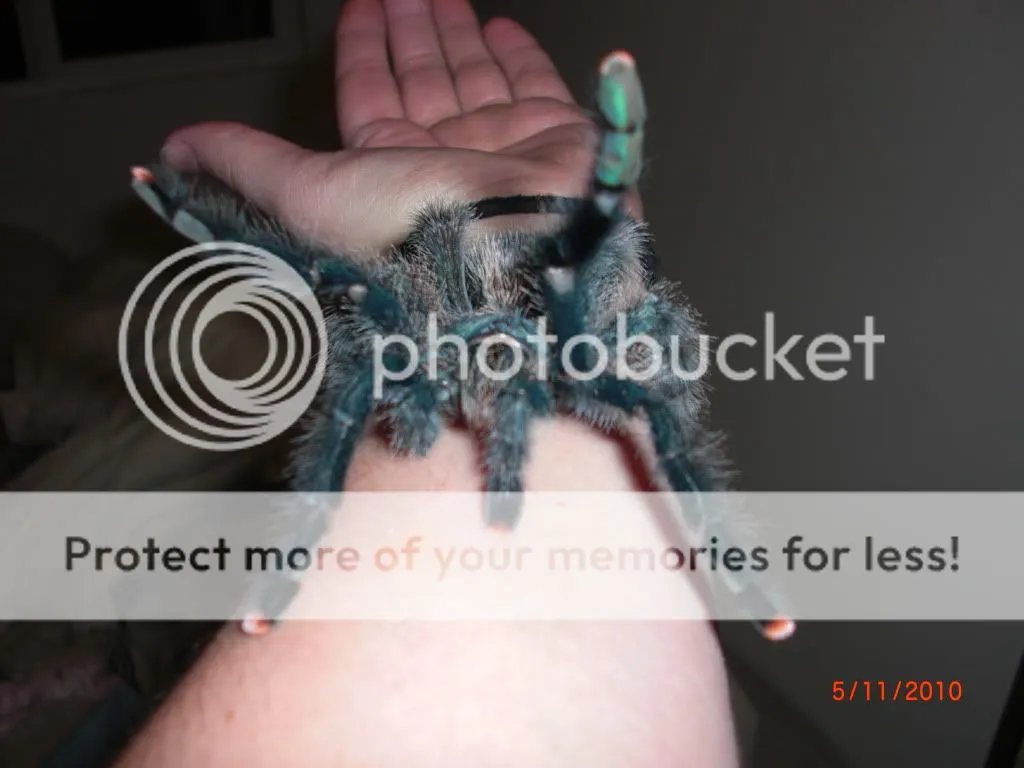
Mismatched sexes will obviously lead to no successful breeding. Incorrect sexing may also lead to the male being attacked and possibly killed by the female, who could mistake the male as a food source. Incorrect sexing could also mean that the female has to put up with harassment from the male, which would stress her and could lead to an unhealthy female. Proper sexing ensures that you have the right pair, maximizes your chances of successful mating, and prevents potential harm to the tarantulas.
Methods for Sexing Pink Toe Tarantulas
There are a few methods for sexing pink toe tarantulas. The most common is to examine the exuviae (molted exoskeleton). After molting, the shed skin reveals the sex organs. Look for a spermatheca (sperm storage organ) in females, which appears as a pouch-like structure. Males do not possess this. Another method, more commonly used for larger tarantulas, is to examine the tarantula itself, looking for sexual dimorphism traits like the presence of tibial hooks on the male’s front legs, used to hold the female’s fangs during mating, and the presence of a smaller abdomen in the male. The best way is by far the use of a microscope to see the exuviae of the tarantula after it has molted.
Setting Up the Breeding Enclosure
The breeding enclosure should mimic the tarantulas’ natural arboreal habitat. A taller enclosure is necessary. The setup must provide adequate space for both tarantulas and allow for humidity control. It is crucial to create a stress-free environment. You can use a glass or acrylic enclosure with good ventilation. The size depends on the size of the tarantulas; a general rule is that the enclosure should be at least three times the tarantula’s leg span in width and height. Add plenty of vertical space with cork bark, branches, and artificial plants for climbing and hiding places. This will make them feel secure.
Optimal Environmental Conditions
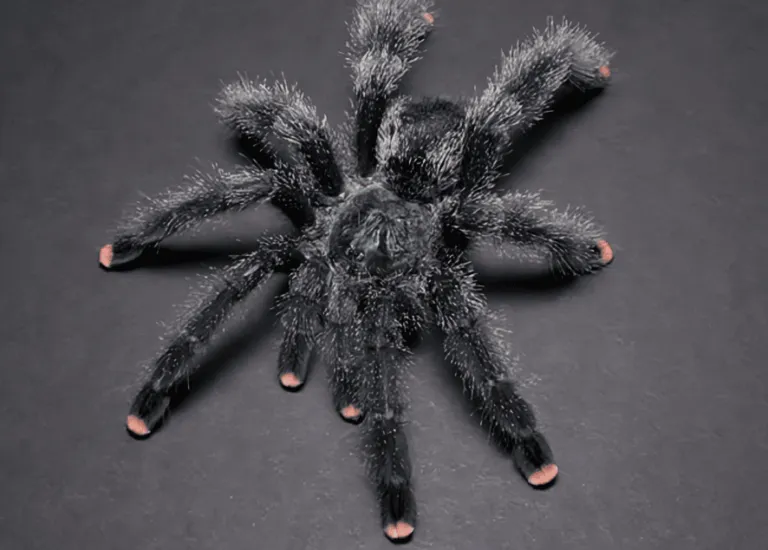
Pink toe tarantulas thrive in specific environmental conditions. Maintaining the correct temperature and humidity levels is essential for encouraging breeding. The ideal temperature range is between 75-85°F (24-29°C). A temperature gradient within the enclosure can also be beneficial. Monitoring with a reliable thermometer is essential. Humidity should be maintained between 70-80%. You can achieve this by misting the enclosure daily or using a water dish. Ventilation is also important to prevent mold and mildew. Proper environmental conditions ensure the tarantulas are healthy and more receptive to mating.
Creating the Right Climate
Use a hygrometer to monitor humidity levels accurately. Misting the enclosure daily with dechlorinated water can maintain humidity. Ensure proper air circulation to prevent stagnant air, which can lead to fungal growth. The substrate should be slightly moist but not waterlogged. The choice of substrate matters; use a mix of coconut fiber, vermiculite, and sphagnum moss. Ensure your enclosure setup can maintain the correct climate with minimal effort. The right climate reduces stress and creates an inviting environment.
Choosing the Right Mating Partner
Not all tarantulas are suitable for breeding. Both the male and female should be in good health. The male should be mature, typically after his final molt. The female should be well-fed and receptive to mating. Consider the tarantulas’ size and temperament when selecting a pair. A healthy, well-fed female is more likely to be receptive to the male and carry her eggs to term. It is ideal to choose the male and female that are approximately the same size, although the female is often bigger.
Introducing the Tarantulas
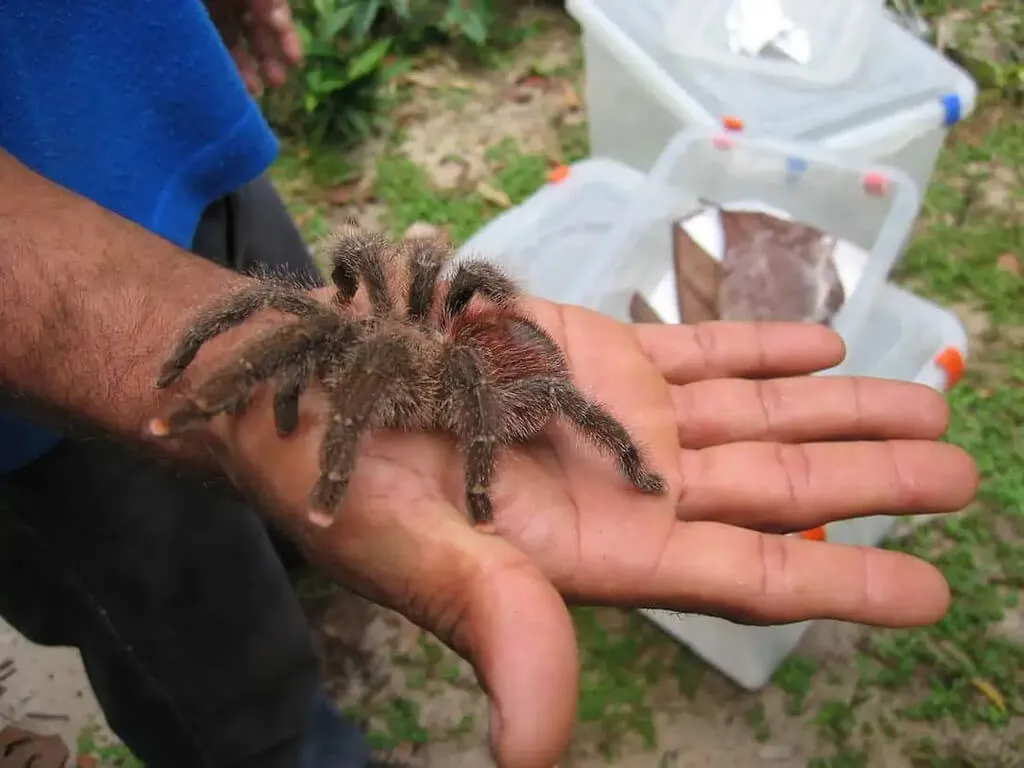
Introduce the male to the female’s enclosure when the female is ready to mate. Monitor the tarantulas closely for any signs of aggression. The male may drum on the substrate or web with his pedipalps to signal his intentions. If the female is receptive, she will allow him to approach. Always have a plan for separating the pair. Be prepared to separate them immediately if the female shows aggression. It’s best to introduce the male during the female’s feeding time, so she is less likely to attack the male. Be ready to remove the male quickly if necessary.
The Mating Process
The mating process can be a fascinating yet delicate dance. The male will approach the female cautiously, often drumming on the substrate to signal his intentions. If she is receptive, the male will insert his pedipalps into her epigastric furrow (the area on her underside where the eggs are stored). He will then transfer his sperm. The whole process may last from a few minutes to several hours. Careful observation is crucial, as the female may attack the male at any point. Be ready to intervene if needed. The mating process often involves specific behaviors that indicate acceptance or rejection, which you should understand.
Post-Mating Care and Separation
After mating, it’s crucial to separate the male from the female. The female may become aggressive and attack the male. Remove the male as soon as mating is complete, or if the female shows any signs of aggression. Place the male back into his enclosure and monitor both tarantulas closely. The female’s behavior will change; she will become more secretive and start constructing a web for her egg sac. Provide extra food and water to the female, and monitor her condition for any signs of illness.
Caring for the Female Tarantula
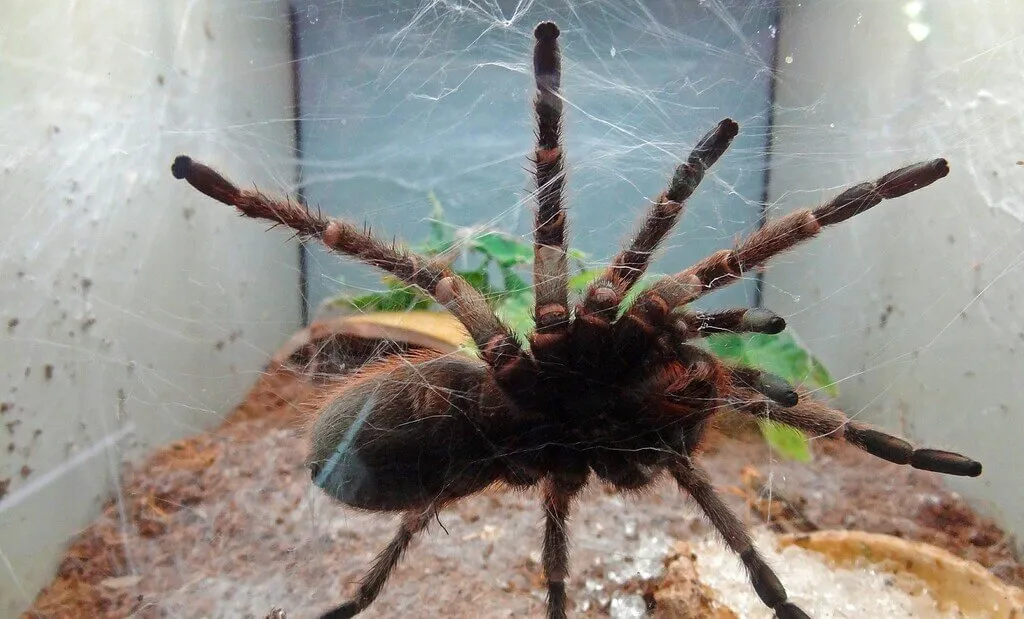
After successful mating, provide the female with plenty of food and water. She will be putting a lot of energy into producing eggs. Increase the frequency of feeding, offering appropriately sized prey items. Maintain the correct temperature and humidity levels. Observe her behavior closely, as she may become more reclusive. Provide a secure and comfortable environment for egg sac production. Make sure the enclosure is free from disturbances.
Incubation and Egg Sac Management
The female will create an egg sac, which she will protect and care for. The incubation period can vary, but it usually takes a few weeks. Monitor the egg sac closely for any signs of mold or problems. Maintaining the correct temperature and humidity is essential for the egg sac’s development. Handle the egg sac with extreme care if you decide to remove it. If the conditions are not right, the female may abandon the egg sac. Proper management ensures the eggs have the best chance of hatching.
Egg Sac Removal
Some breeders choose to remove the egg sac from the female to control the environmental conditions and reduce the risk of the female eating the spiderlings. This is called artificial incubation. This is a delicate procedure, and it should be done only if you have experience. Carefully remove the egg sac and place it in an incubator with the correct temperature and humidity. The eggs will continue to develop in the incubator. You must be ready to take on the care and management of the egg sac to be successful with this method. The eggs can also be left with the female, which is a simpler approach.
Caring for Spiderlings
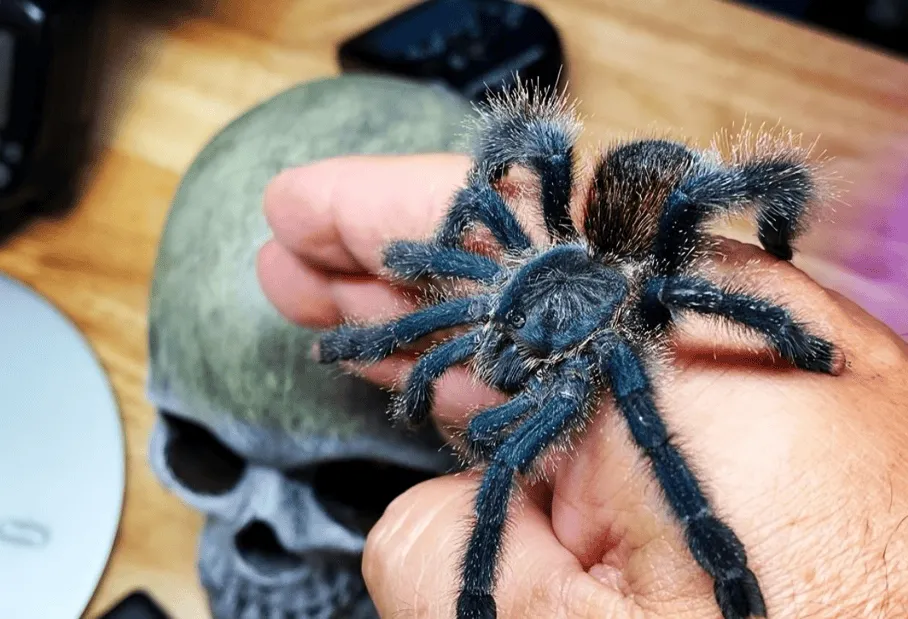
Once the spiderlings hatch, they will need their own care. The number of spiderlings can vary greatly. Spiderlings are very vulnerable and require specialized care. Provide a suitable environment with appropriate humidity, temperature, and food. Ensure proper ventilation and hygiene to prevent fungal growth. Spiderlings are small and need tiny food items, such as fruit flies. Proper care during this early stage will increase their survival rate. The more spiderlings you manage to raise, the more rewarding it will be.
Feeding Spiderlings
Spiderlings have unique dietary needs. They require very small prey items. Provide fruit flies, pinhead crickets, or pre-killed, appropriately sized prey. Feed the spiderlings frequently, about every other day or as needed. Monitor their growth and adjust the feeding schedule accordingly. Ensure the food is fresh and readily available. Overfeeding is usually not a concern, but uneaten prey should be removed promptly to prevent mold. A varied diet is also good for the spiderlings. This ensures they grow strong and healthy.
Housing Spiderlings
Individual housing is essential for spiderlings to prevent cannibalism, a common behavior among young tarantulas. Provide small, individual containers with ventilation and appropriate substrate. Maintain the correct temperature and humidity in each container. Ensure that the containers are small enough for the spiderlings to feel secure but large enough for them to move and molt. Monitor for molting; spiderlings are very vulnerable during this process. Once the spiderlings reach a certain size, they can be moved to larger enclosures. Make sure you are providing an environment they are secure in and will encourage healthy growth.
Common Breeding Challenges and Solutions
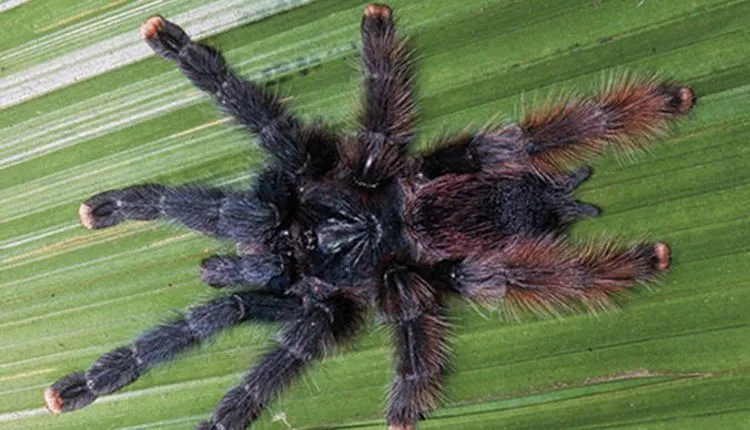
Breeding pink toe tarantulas can present several challenges. Understanding these challenges and how to solve them is crucial for success. Common issues include aggression, egg sac problems, and environmental issues. Being prepared for these potential issues will save you stress and could save your tarantulas. Always be prepared to deal with any of these potential problems. Have a good plan and be prepared to solve any problems quickly.
Dealing with Aggression
Aggression is a common problem during mating. The female may attack the male. It’s important to monitor the tarantulas closely during introduction and mating. If the female shows signs of aggression, separate the male immediately. Have a plan for immediate separation. If the male is attacked, he may sustain serious injuries or even die. If the female does not accept the male, try again in a few weeks. Sometimes the female is just not ready. Never take unnecessary risks, and prioritize the safety of your tarantulas.
Addressing Egg Sac Issues
Egg sacs may fail due to various issues, such as mold or improper environmental conditions. Monitor the egg sac regularly for any signs of problems. If the egg sac appears moldy, remove it immediately. Ensure the correct humidity and temperature levels. Maintain good ventilation to prevent mold growth. If you choose to remove the egg sac, be prepared to incubate it properly. Inspect the egg sac to ensure there are no problems. Proper egg sac management will increase your success rate.
Top 5 Breeding Secrets
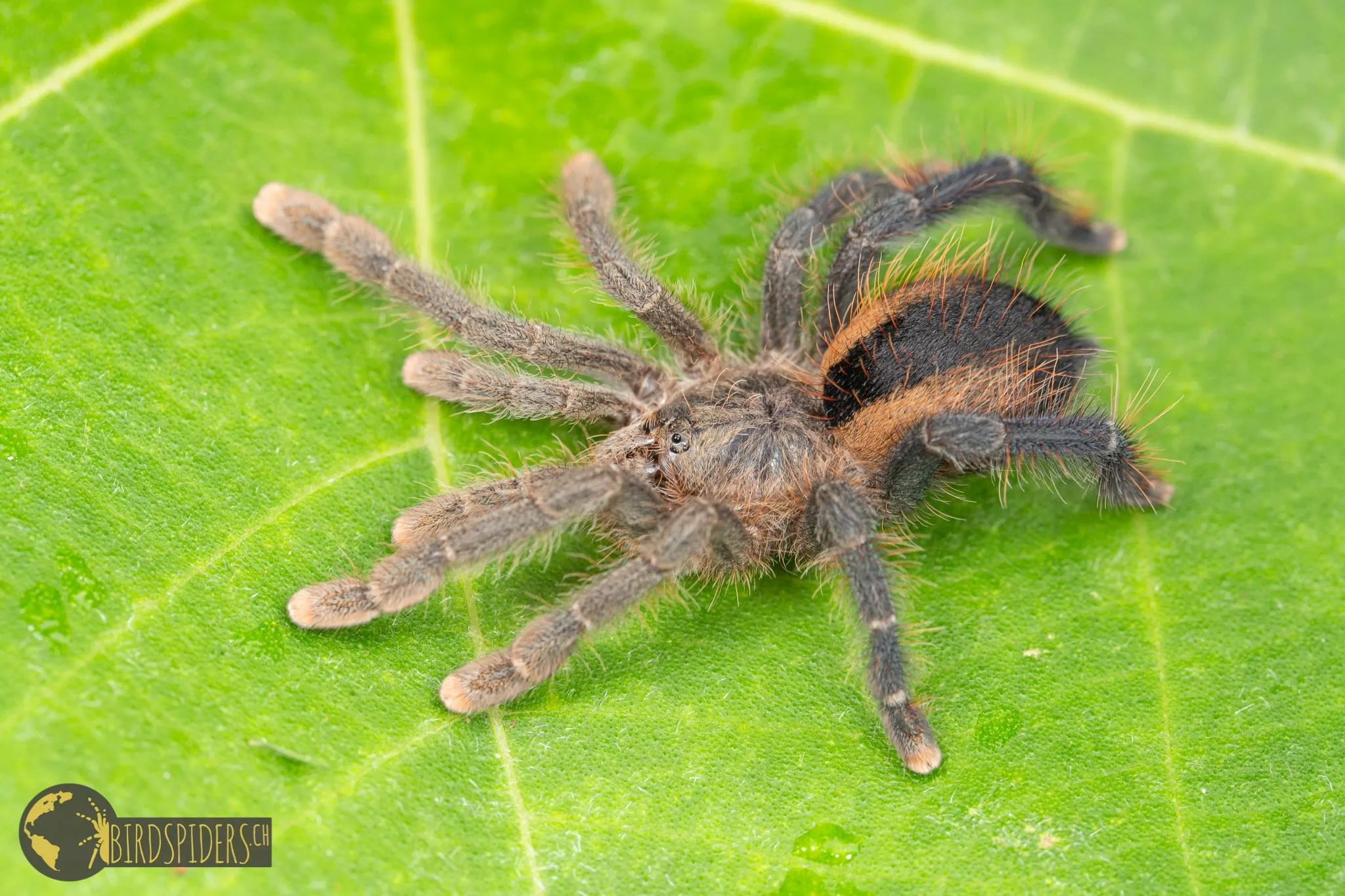
There are several secrets that can greatly improve your breeding success. These are tips from expert breeders who have years of experience. The more you can implement, the more likely your breeding program will succeed. These tips will help you avoid common pitfalls and ensure your breeding efforts are fruitful. Here are our top 5 secrets:
Secret 1 Preparation is Key
Thorough preparation is crucial for successful breeding. Research the specific needs of pink toe tarantulas. Learn about their natural habitat, behavior, and mating rituals. Ensure you have the right equipment and supplies. Prepare the breeding enclosure well in advance of introducing the tarantulas. The more you understand, the better your chances of success. Preparing includes everything from the enclosure, to getting the gender confirmed, to making sure the environment is perfect. The more prepared you are, the more likely you are to succeed.
Secret 2 Humidity Control
Maintaining the correct humidity levels is critical. Use a hygrometer to monitor the humidity accurately. Mist the enclosure regularly, but avoid overwatering. Proper humidity levels encourage mating and egg sac development. Ensure there is good ventilation to prevent mold growth. Controlling humidity will minimize stress for the tarantulas. Humidity is a major factor in successful breeding, so keep it top of mind when caring for your pink toes.
Secret 3 Timing Matters
Timing is essential for breeding success. Only introduce the male when the female is receptive. Observe the female’s behavior closely; she will signal when she is ready to mate. Some breeders also simulate a wet and dry season for their tarantulas, triggering the females to produce eggs. Consider the tarantulas’ maturity and health. Avoid introducing the male to a female that has just molted. Pay close attention to the behaviors of your pink toes and introduce them when the conditions are perfect.
Secret 4 Nutrition is Essential
Provide a well-balanced diet to both the male and female tarantulas. Ensure they are in good health before attempting to breed. Well-fed tarantulas are more likely to mate successfully and produce viable eggs. Offer a variety of prey items to ensure proper nutrition. After mating, increase the female’s food intake. Ensure there are no nutritional deficiencies. Proper nutrition is an easy way to make sure your tarantulas are getting what they need to reproduce successfully.
Secret 5 Patience and Observation
Breeding tarantulas requires patience and careful observation. Monitor the tarantulas’ behavior regularly. Observe their interactions and the conditions within the enclosure. Don’t be discouraged if the first attempt is unsuccessful. Breeding is often a process, and it may take multiple tries. Learn from your experiences. Adjust your approach as needed. Patience and careful observation are the keys to success.
Breeding pink toe tarantulas is a rewarding experience that can provide a deeper understanding of these amazing creatures. By following these steps and secrets, you can increase your chances of breeding success. Remember to be patient, observe your tarantulas closely, and adapt to their needs. With dedication and care, you can successfully breed these beautiful arachnids and witness the miracle of tarantula reproduction. Enjoy the process, and take pride in your achievements. Your efforts will ensure the continuation of this magnificent species in captivity.
